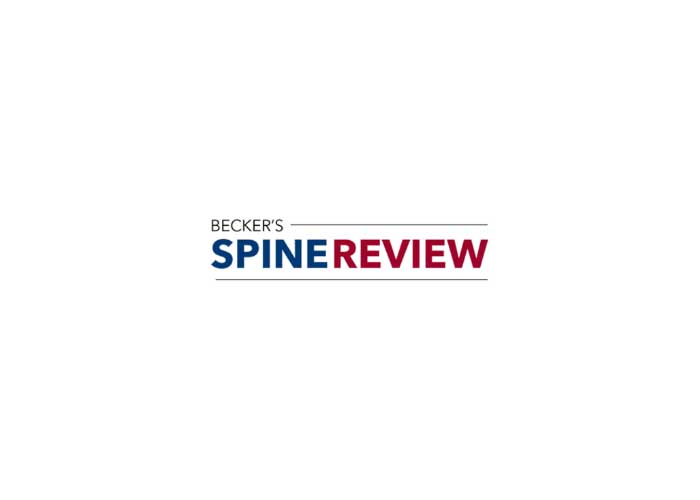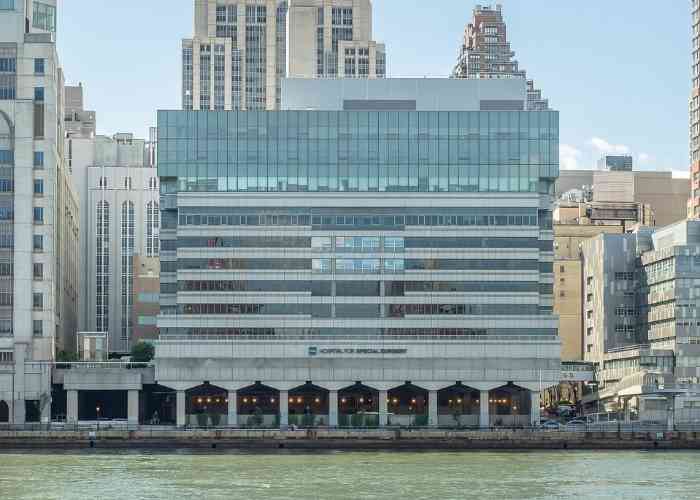First 2 weeks after surgery
Goals
- Protection of repair
- Reduction of swelling to allow for soft tissue healing
Weight bearing
- Non-weight bearing with crutches and/or scooter
Brace
- Splint in plantarflexion
- Follow-up 1 week after surgery and change to cast with ankle in plantarflexion for another week–this means 2 weeks total of no weight on your surgical side leg.
- ELEVATE, ELEVATE, ELEVATE!
Weeks 2-4 (1st Post Op Visit is 2 weeks after surgery)
Goals
· Initiate formal physical therapy (2 times per week)
- Begin graduated weight bearing
- Active dorsiflexion up to neutral
Weight bearing
- Initiate PWB in boot with 2 crutches then go down to 1 crutch and finally no crutches in the boot
Brace
- Tall CAM boot with FOUR ½” heel wedges. Remove 1 wedge every 5-7 days as able. Should be no wedges by Week 6 follow-up
Treatment
- Gentle scar massage and cryotherapy
Exercises
- Active dorsiflexion to neutral only
- No active plantar flexion
- Pain-free ankle isometrics: inversion, eversion, dorsiflexion and sub-max plantar flexion Open-chain hip and core strengthening in boot
Weeks 4-6 (2nd Post Op Visit is 6 weeks after surgery)
Goals
- Regain ankle ROM (active ROM between 50 DF and 400 PF)
- May sleep out of boot if comfortable now
Weight bearing – Full
Brace
- Boot at all times with 1inch heel lift. Can remove for hygiene and exercises
Precautions
- Avoid overstressing the repair (forceful movements in the sagittal plane, forceful plantar flexion while in a dorsiflexed position, aggressive PROM)
Treatment
- Gentle cross fiber massage to Achilles tendon to release adhesion between tendon and peritendon
- Cryotherapy and other modalities add PRN
Exercises
- Active ankle eversion/inversion
- Passive dorsiflexion both with knee in extension and flexed to 35 – 400 until gentle stretch on Achilles
- Begin standing calf stretch at 5 weeks (knee flexed and extended)
- Continue eversion, inversion and plantar flexion isometrics with resistance bands
- Initiate balance exercises (double leg wide base ➔ narrow base)
- Initiate stationary bike with minimal resistance
- Initiate pool exercise in total buoyancy with floatation device if wound is fully healed
- Hip and core strengthening
Weeks 7-12
Goals
- Normalize gait on level surface without boot or heel lift ● Active ROM between 150 DF and 500 PF ● Good control and no pain with functional movements
Brace
- Supportive athletic shoes with ankle brace
Precautions
- Avoid high impact activity
Exercises
- Full PROM/AROM all planes. Avoid forceful dorsiflexion
- Progress standing calf stretch
- Initiate double leg toe raise and advance weight as tolerated
- Initiate functional movement (squat, steps ups, lunges in all planes)
- Advance balance training to wobble board and single leg activity
- Initiate frontal and transverse plane agility drills (progress from low velocity to high and then gradually add in sagittal plane drills)
- Progress cardiovascular training o Stationary bike, Stairmaster, swimming, chest level water exercise, treadmill walking
Months 3-6 (3rd Post Op Visit is 3 months after surgery)
Goals ● Ankle strengthening ● Regain normal gait ● Initiate running
Precautions
- Normal shoes.
Exercises
- Progress double leg toe raises to body weight (1.5 times body weight athlete)
- Advance to single leg toe raises as tolerated
- Running progression at 5 months o Trampoline jogging ➔ treadmill ➔ outdoor running
Months 6-9 (Final Post Op Visit is 9 months after surgery)
Goals ● Return to sport/job specific training
Precautions
- Post-activity soreness should resolve after 24 hours
- Avoid excessive activity related swelling and/or painful exercises
- Progress running to sprinting
- Initiate agility: figure of 8 and cutting drills 6 months
- Jumping progression 6 – 7 months
- Sport/job specific training
- Full return to sport/strenuous work 8 – 9 months
*Please note: The instructions for rehabilitation protocols are general guidelines to be followed; however, any written or verbal instructions provided by Dr. Allen or his staff should supersede the instructions above and should be followed. If you have questions regarding your rehabilitation protocol, please contact a member of our team.






